St. Astvatsatsin Church of Hogher
Location
The church (Fig. 1) is located at the southern end of Hogher village of Hadrut region, in the area of the old cemetery.
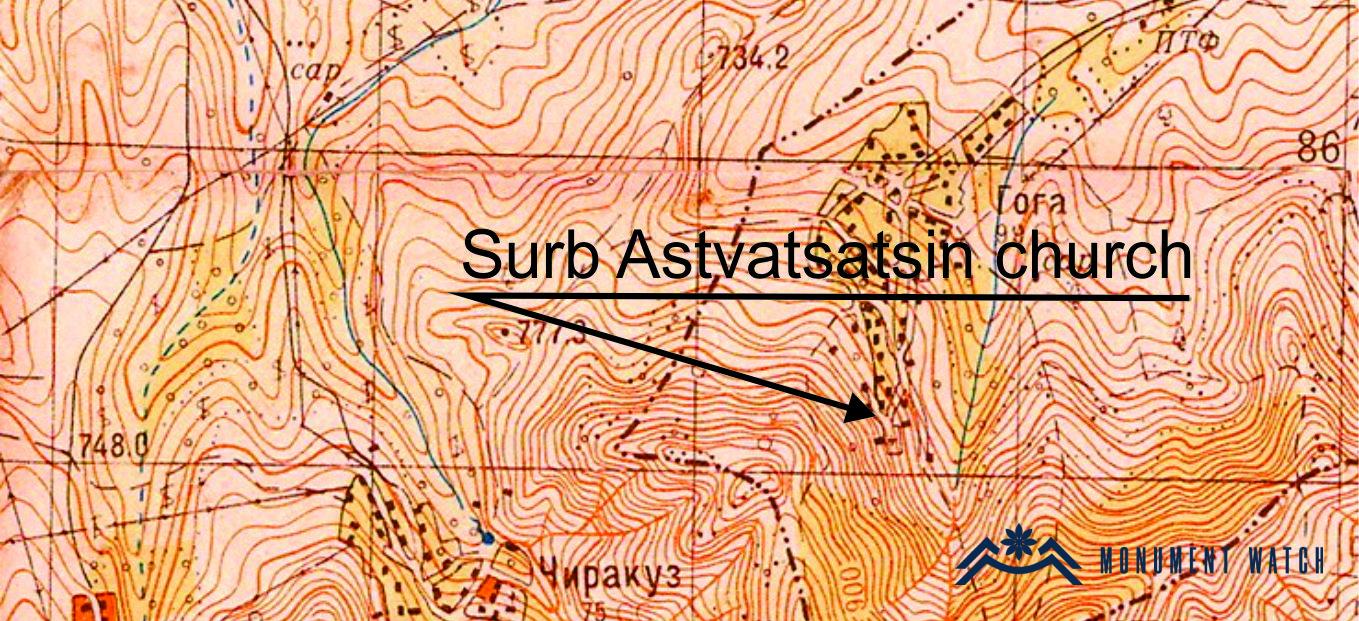
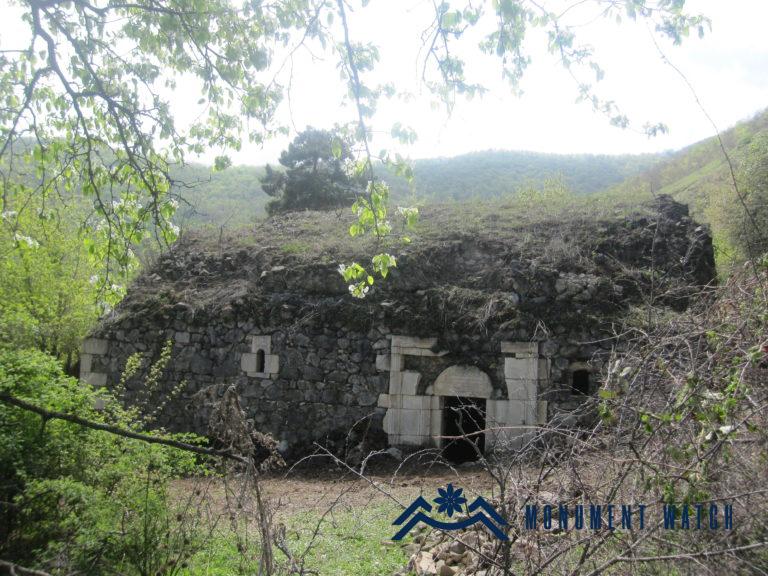
Fig. 1 The church from the north, 2017, photo by G. Budaghyan.
Historical overview
Hogher village is located on the right bank of the Ishkhanaget River, on the north-eastern mountainous slope of Vnesa fortress, near the villages of Jrakus and Kyuratagh. It was built in the 19th century. Makar Barkhudaryan, who visited Hogher in the 1890s, mentions that: “…the inhabitants are natives, the church is half-finished, the priest comes from Hadrut” (Barkhutarian 1895, 73). The church is mentioned as St. Astvatsatsin in one of the archival documents dated 1880 (Karapetyan 2001, 222). The village was part of Hadrut region until 1938, then joined Koryagino region (Fizuli from 1959), after which the gradual eviction of Armenians from the village began. It was liberated on March 31, 1992 and reappeared under the Azerbaijani occupation in October 2020.
Architectural-compositional examination
It is a single-nave basilica with a rectangular hall, a semicircular altar on the eastern side, on both sides of which there are the vestries with a rectangular plan (Fig. 2). It is built of local raw stone. The portal, the frames of the windows, the altar and the vestries, the corner edges of the walls and the inner arches are hewn (Fig. 3). It is 15.7 meters long, 8.2 meters wide and 5.5 meters high. The sole entrance opens from the north. The lintel of the portal is patterned, made in the botanical-geometric style widely spread in Shushi and its vicinities, it is inscribed (Fig. 4). It is illuminated through 6 small windows opening from the northern, eastern and southern sides. The stone pool of the baptistery is placed in the northern wall (Fig. 5).
The western wall is mostly buried in the ground from the outside, whose upper part and a part of the vault leaning against the western wall are destroyed. There is a cemetery around the church.
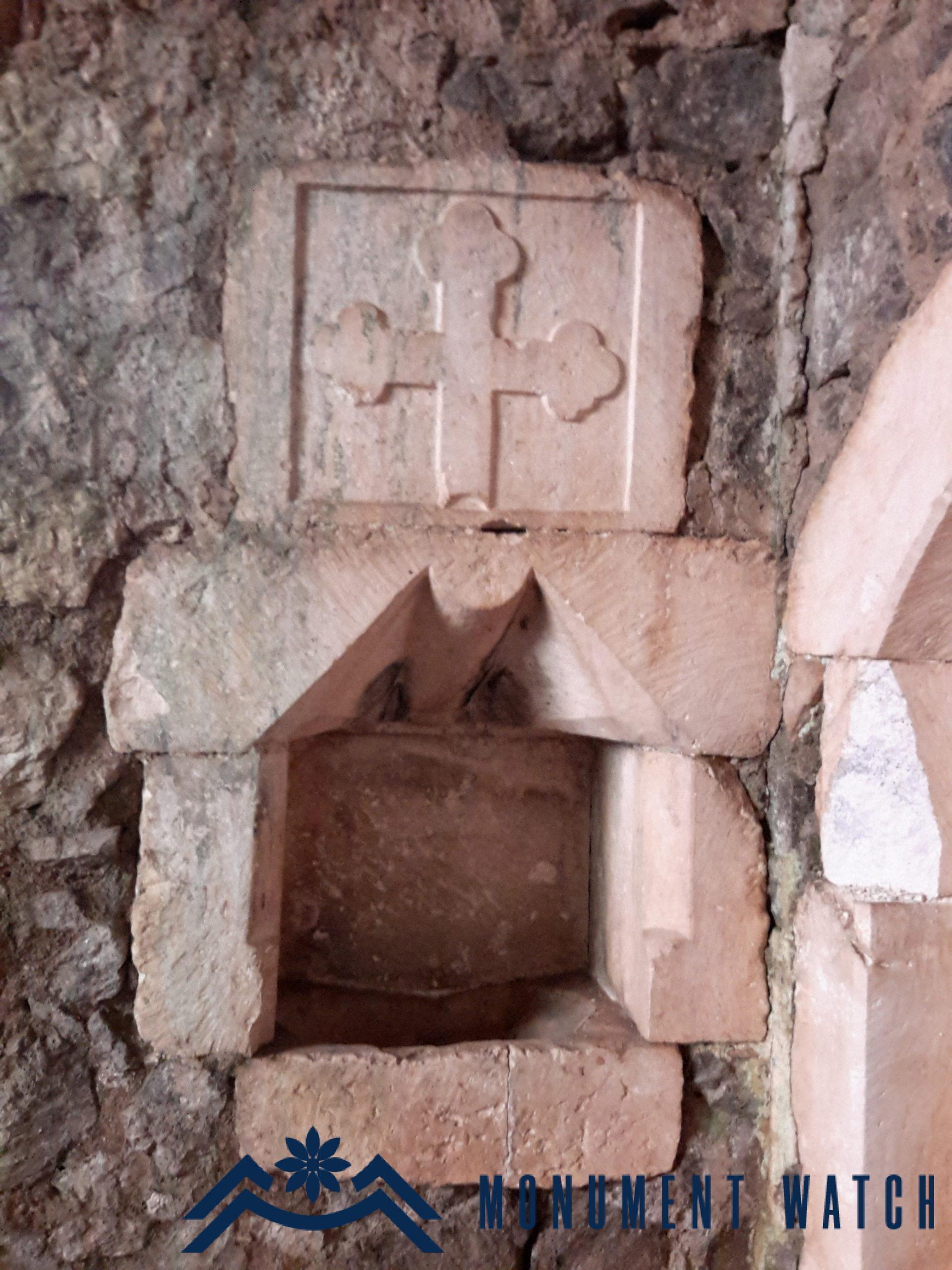
Fig. 5 The baptismal pool, 2017, photo by G. Budaghyan.
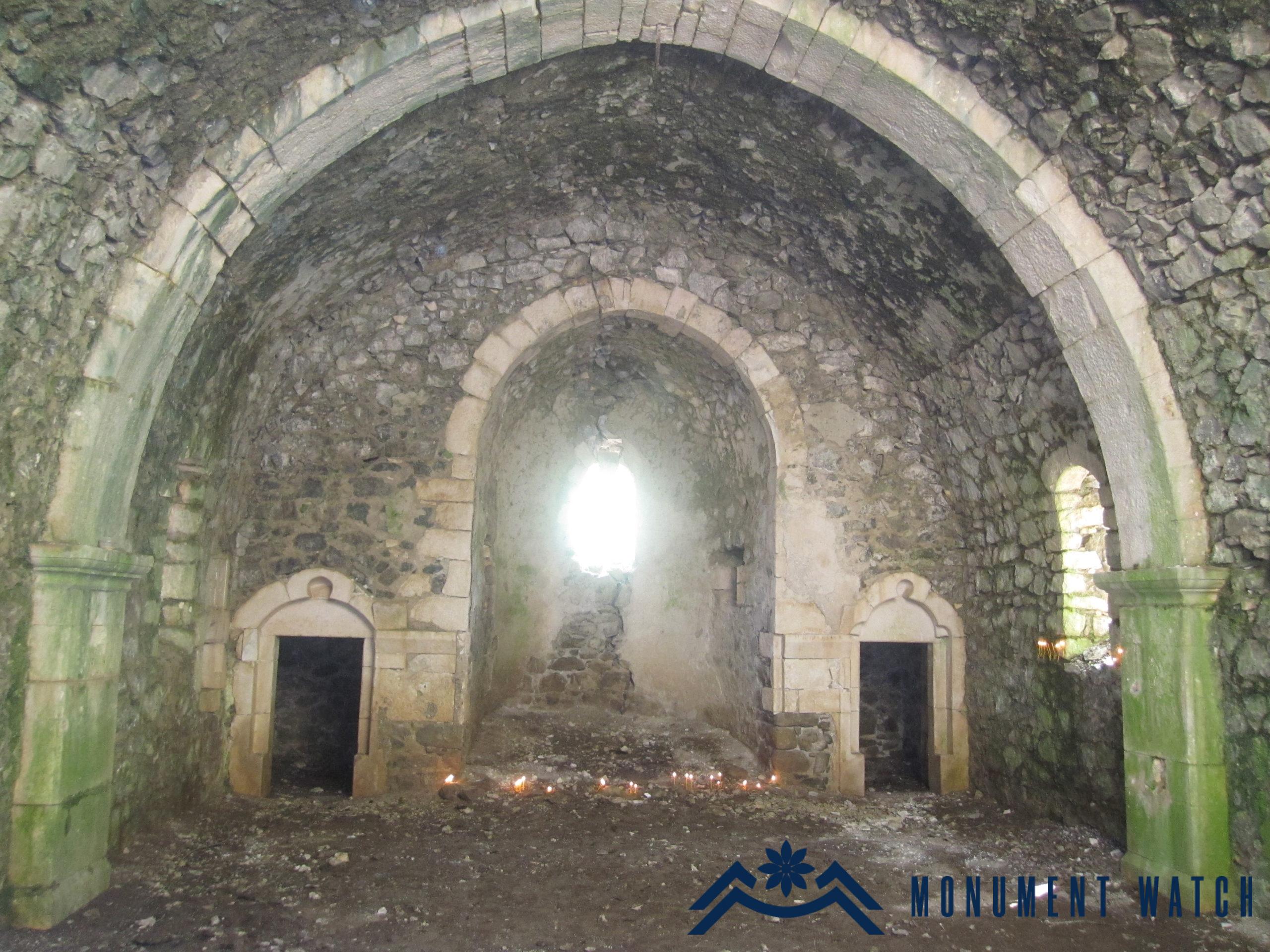
Fig. 2 The church from inside, 2017, photo by G. Budaghyan.
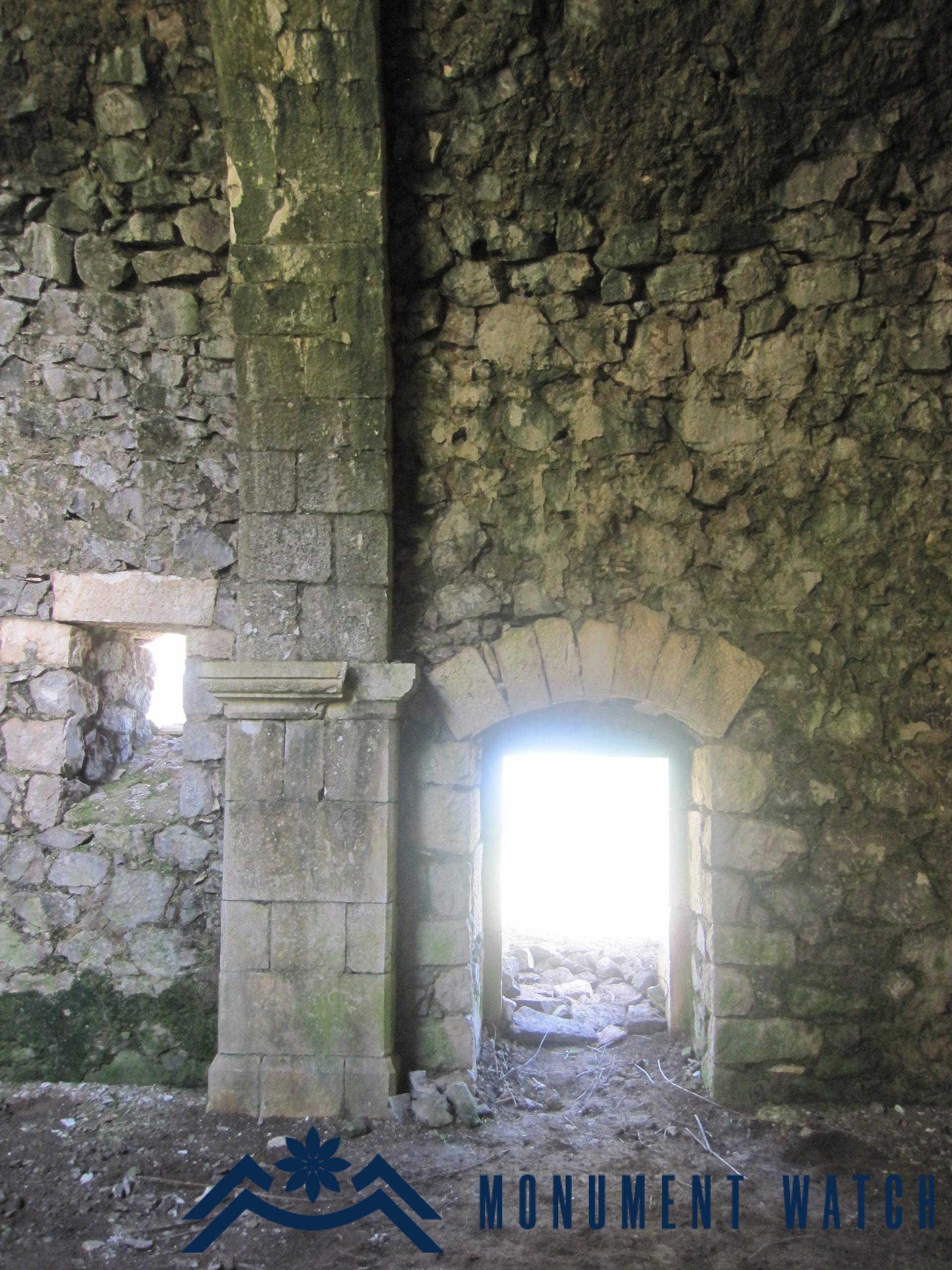
Fig. 3 The church from inside, 2017, photo by G. Budaghyan.
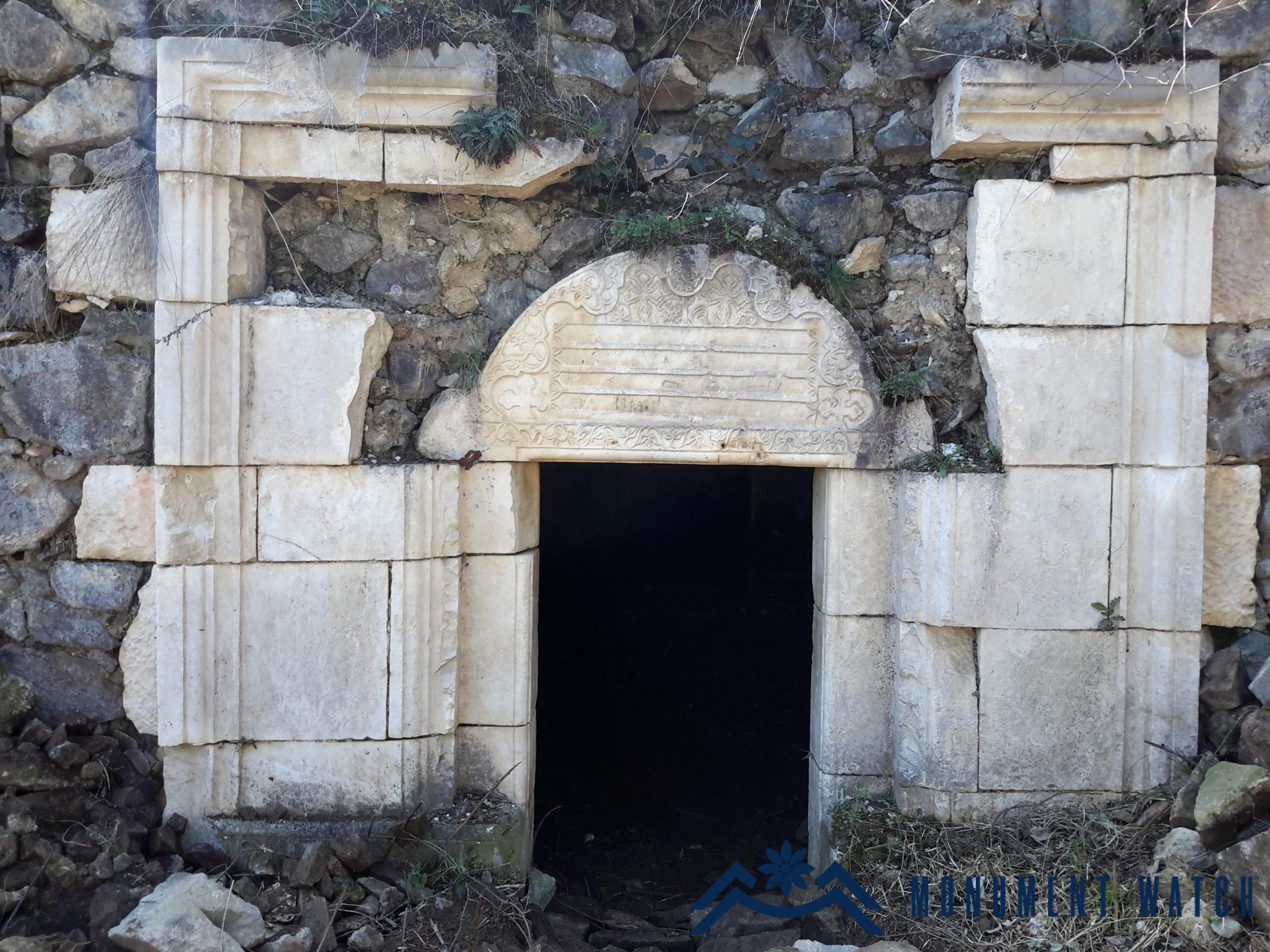
Fig. 4 The entrance of the church, 2017, photo by G. Budaghyan.
The condition before, during and after the war
St. Astvatsatsin Church used to be in a good condition, there is no information about it during the military operations and its post-war condition.
Bibliography
1․ Barkhutarian 1895 – Barkhutarian M․, Artsakh, Baku.
2․ Mkrtchyan Sh․, The historical-architectural monuments of Nagorno Karabakh, Yerevan, 1985.
3 ․ Karapetyan 2001 – Karapetyan S., Armenian cultural monuments in the region of Karabakh, Yerevan.
St. Astvatsatsin Church of Hogher
Artsakh